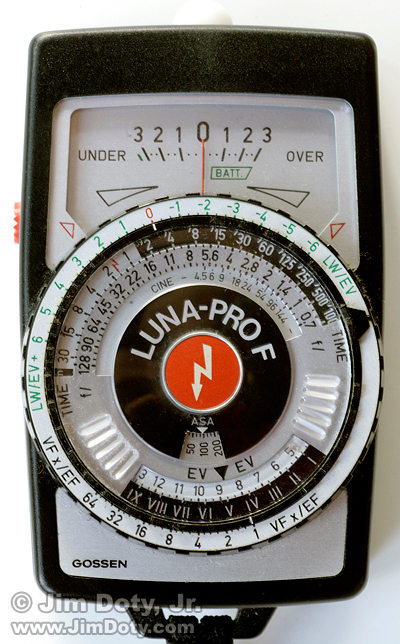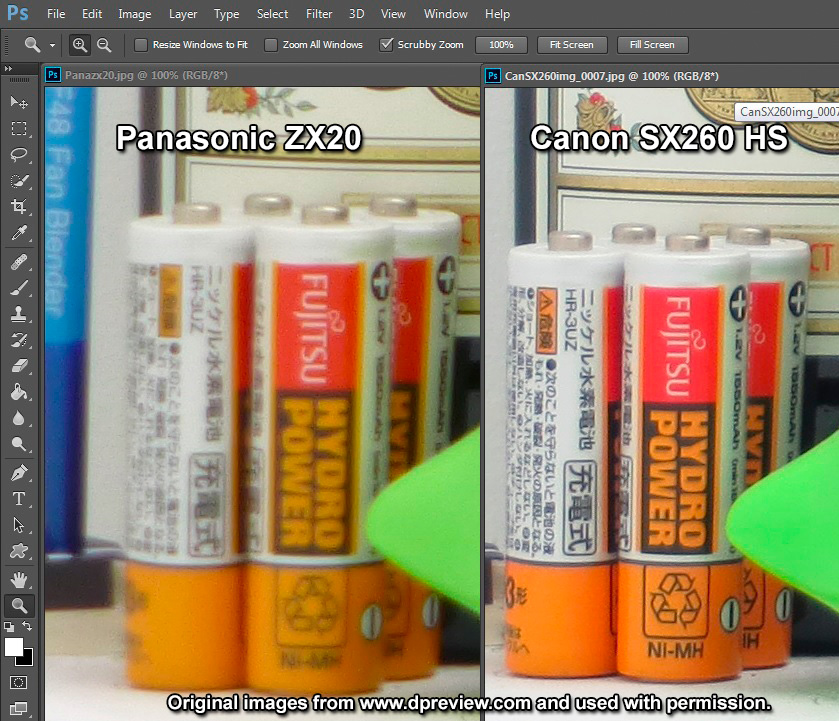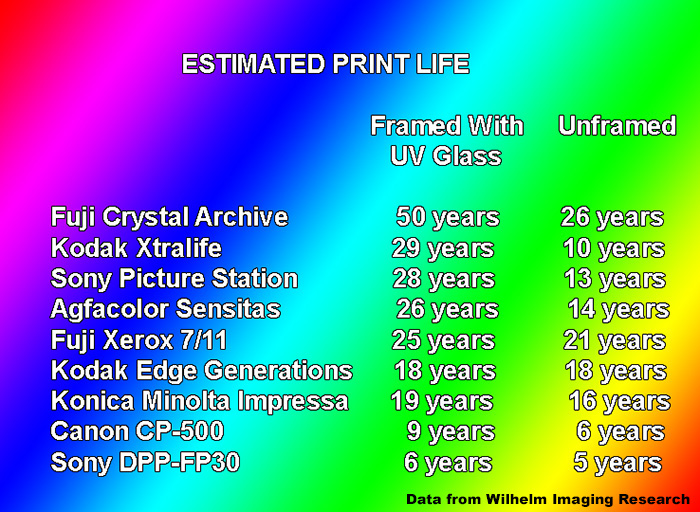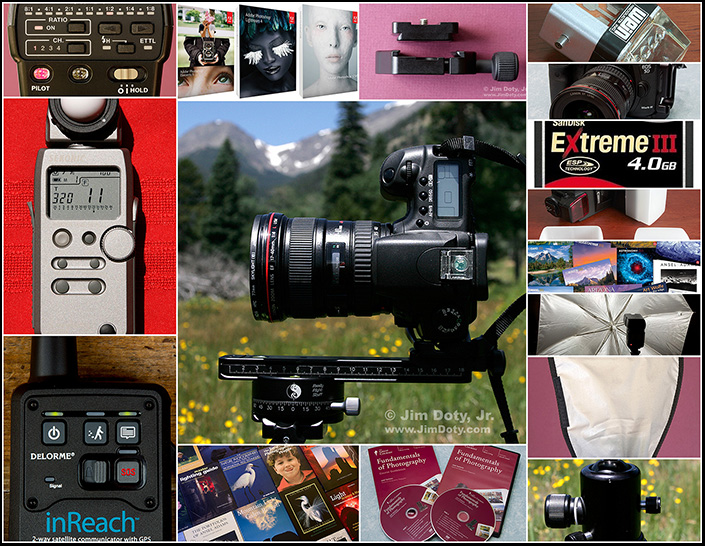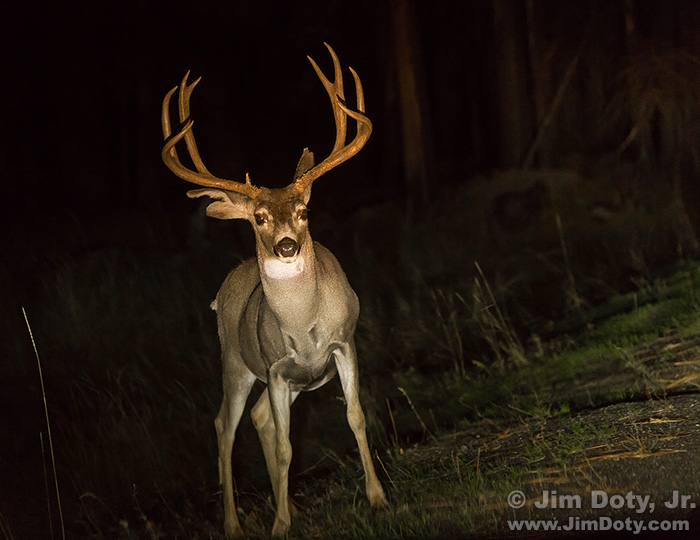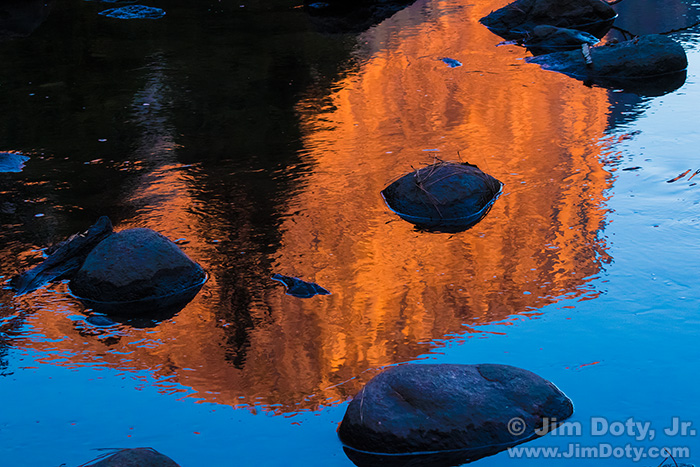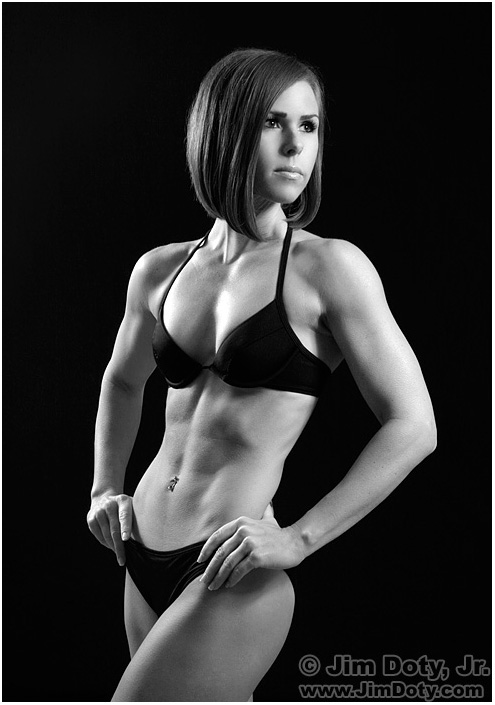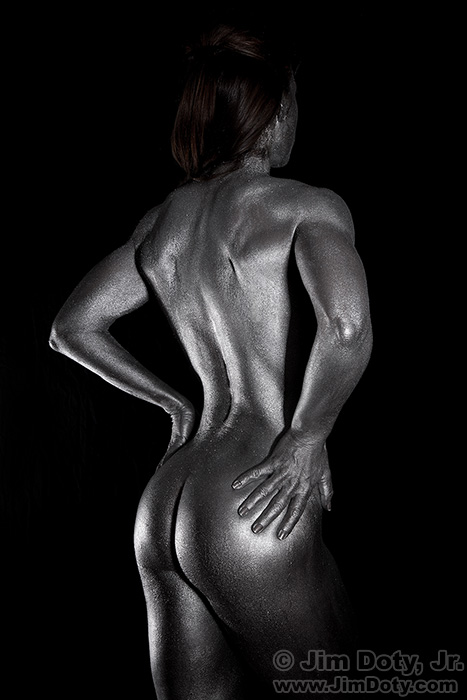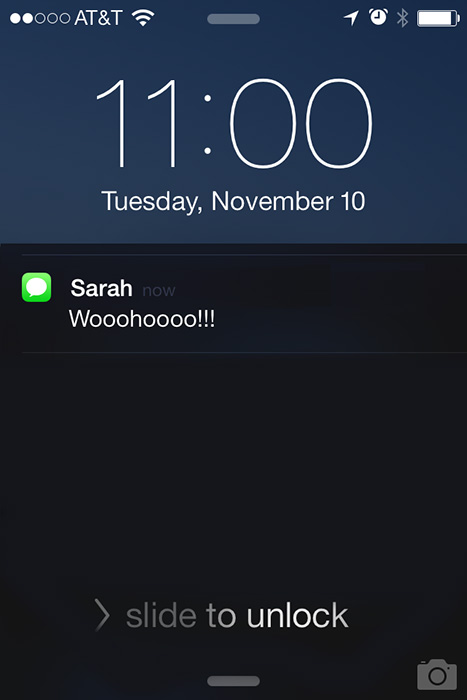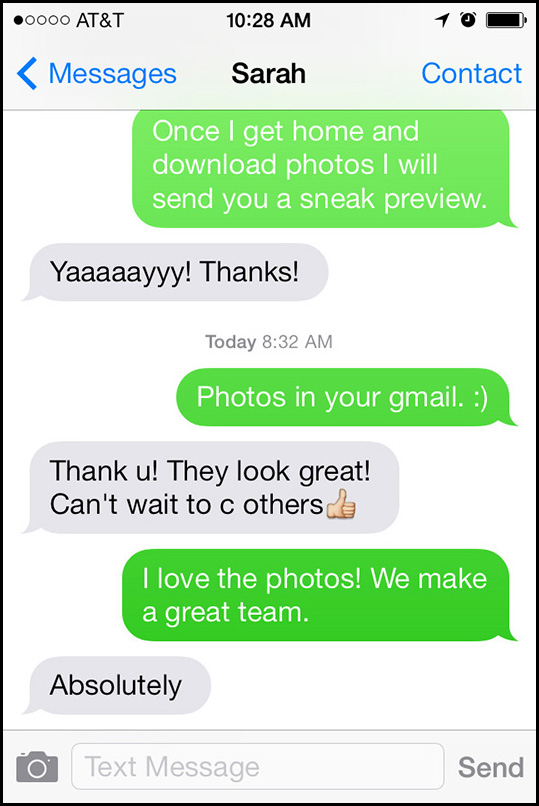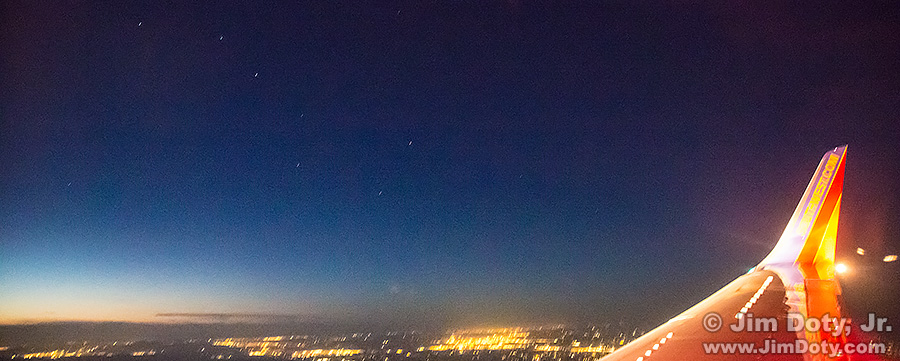Don’t lose your digital photos to disc-rot or a hard drive crash. Choose the best archival storage options.
Continue reading
Best Memory Cards For Digital Cameras
The Best Incident Light Meters
There’s no question that in some complex metering situations, an incident light meter can be quicker, faster, simpler, and more accurate than the meter in your camera. Many incident light meters can also measure light from an electronic flash, a huge bonus when you are using a flash in the manual mode.
Camera Choices: Using Full Size Test Images from DPReview.com
I’ve been recommending DPReview for years in my photography classes, workshops and online. It is one of the best camera review sites. One of the nice features is the ability to download full size JPEG test images of their “standard studio scene” for comparison purposes.
Great Deal? Don’t Get Burned!
Is it a great deal? Or is it a rip-off? You are searching online for a good price and you come across a terrific deal. Are you about to get burned? There are ways you can tell.
How Long Will Your Photo Lab Prints Last?
Would you rather pay $3 – $4 for an above average to poor quality 8×10 inch print that will fade in 18 years, 9 years or less, or would you prefer paying $2.00 for a very high quality 8×10 print that will last 50 years? People pay more money for prints with a short life expectancy all the time. Why? Because they don’t have the right information, and they may have no idea that prints have such widely different life spans.
How to Get the Best Results from the Best Online Photo Labs
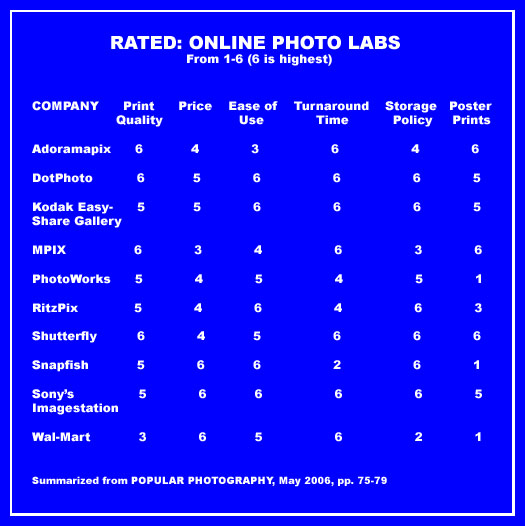
The lab you choose and the kind of file you send to your lab can make a big difference in the quality of print you get back. How do you pick a good online photo lab? How do you get the best results from your lab? What color space should you use for your digital files and how do you convert your files to the right color space? How big a print can you make from your digital files?
Using the Histogram to Check Studio Flash Exposures
When using studio flash units, usually the best way to check your exposures is to use an incident light meter which is capable of metering flash exposures. But what if you don’t have an incident flash meter? Or what if you have a subject that absorbs a lot of light? Or a subject that reflects a lot more light than your typical photographic subject? You can double check your exposure settings by using the histogram on your camera. FYI: Do not trust the LCD image on the back of your camera to judge your exposures.
The Best of the Best: Recommendations For The Best Photography Equipment, Software, Books, Magazines, DVDs, Online Photo Labs and More
It’s the time of year that the number of photo questions I receive increases dramatically. Many of them have to do with “What is the best . . . .” They usually come from someone shopping for a photographer, or photographers shopping for themselves.
So once again here is my list of “best of the best” of articles recommending the best photo gear, software, books, DVDs, calendars, online photo labs, and a whole lot more. I will revise some of these articles in November and December, but most of the advice is good as it stands. The best books on photographic composition or the best photo labs haven’t changed in the last 12 months. As I rewrite articles I will update the links below. You can check the date at the top of each article.
Originally posted Nov. 21, 2015. Updated December 11, 2015.
Kristina’s Instagram Post
Kristina Jimenez posted an “Excited to shoot with you again” note on Instagram. It made my day. We have worked on several photo shoots together. She is an absolute delight to work with and a first class professional model. I am excited about working with her again.
How to Photograph the Milky Way
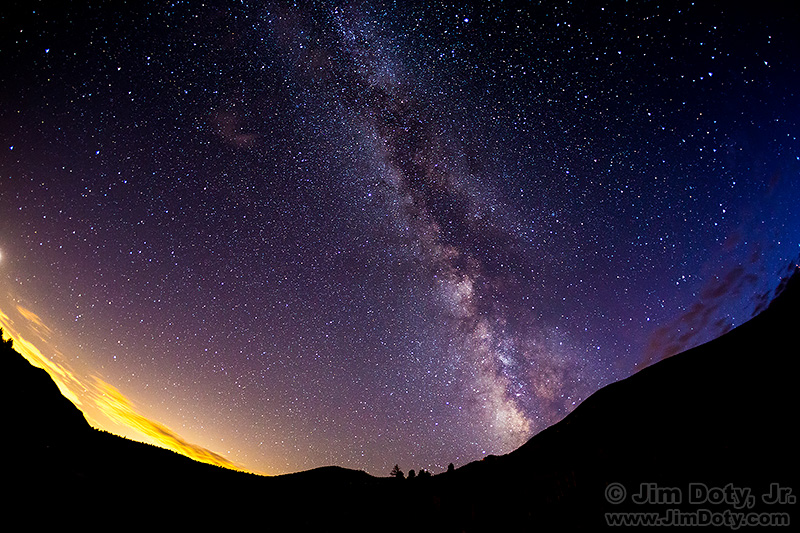
The Milky Way from Horseshoe Park, Rocky Mountain National Park. The golden glow is from Denver city lights 70 miles away. The blue hues of late twilight are fading in the west. Click for a larger image.
On all of my weekend nature photography workshops, weather permitting I take everyone out once or twice to photograph the night sky. For those who haven’t tried it before, it kicks down the door to a whole new realm of photographic possibilities, and not just for night photography. Once a photographer tries one thing that is totally new and different and ends up with beautiful images they are proud of, they are ready to try all kinds of new things.
Deer in the Headlights – Literally
A “deer in the headlights look” is a common euphemism so I couldn’t resist taking some pictures when a deer was literally in my headlights. I was driving around Yosemite Valley taking pictures in the moonlight when I came upon two bucks browsing on the side of the road.
In a Photo Rich Environment: Be Prepared
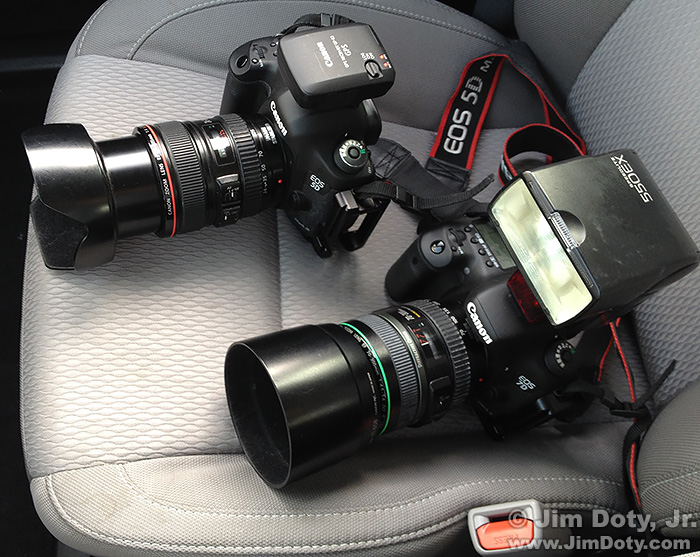
Front seat camera gear. Canon 5D Mark III with Canon EF 24-105mm f/4 lens. Canon 7D Mark II with Canon EF 70-300mm f/4.5-5.6 DO IS lens.
You probably recognize the scout motto: “Be Prepared!” It also applies to photography. When I am in a photo rich environment, especially if there is a possibility of seeing wildlife, I usually have two cameras and lenses on the front seat next to me, all ready to go.
POTD: Stars Trails Over El Capitan
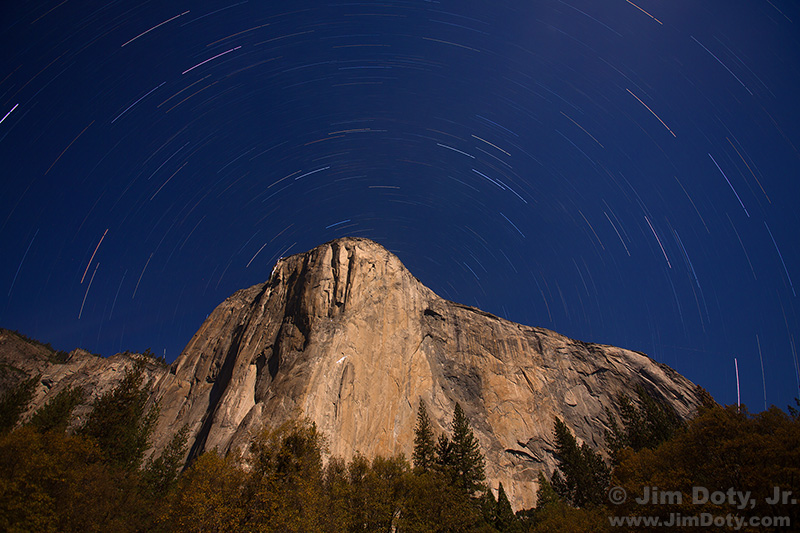
Stars over El Capitan with climbers on the granite cliffs. Yosemite Valley. This is a stacked image combing 8 separate exposures. Click to see a larger version.
El Capitan is a splendid sight in Yosemite Valley. Small wonder that for decades photographers have been showing up in droves to photographic the iconic granite cliffs. It is the largest block of exposed granite on our planet.
How to Create a Stacked Image of the Night Sky
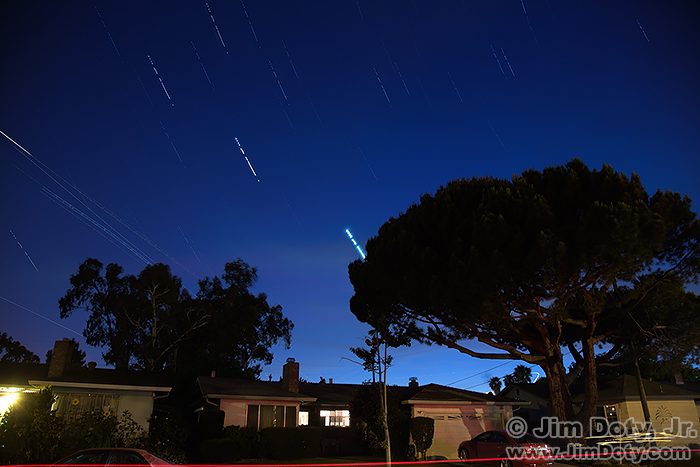
Venus, Jupiter, stars, and airplane lights. Fremont, California. 27 separate images stacked together. Click to see a larger version.
It is a handy thing to know how to stack multiple night sky images into one photo. It allows you to create one stacked image covering a long period of time (using multiple photos) when it is not possible to make one long exposure of the night sky. What is a stacked image? Several images taken over a period of time which are combined to create one image fro the whole time period. This tutorial will show you how to create one.
Panorama: Yosemite Valley in the Moonlight
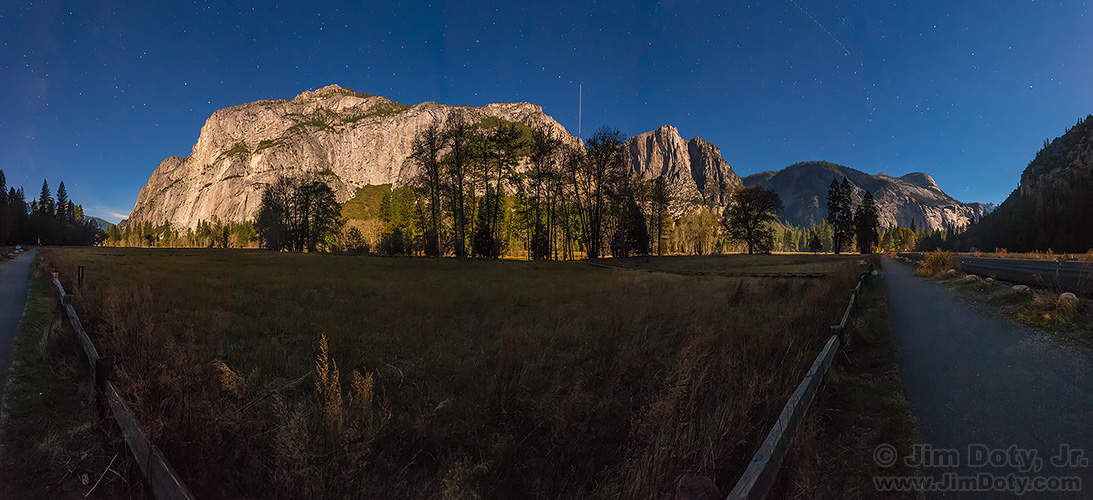
Yosemite Valley at Night with Eagle Peak, Yosemite Point, and North Dome. The vertical light near the center is one of two planes that ended up in this image. Click to see a larger version.
Night photography has its own unique charms, whether it is a dark night with no moon and thousands of crystal clear stars, or with plenty of moonlight which (if you choose) you can turn night into day. And it isn’t all that complicated to do. With the addition of the right gear, you can turn your night time vista into a panoramic photo.
Preferences Part Two: Shutter Speeds and ISO Settings
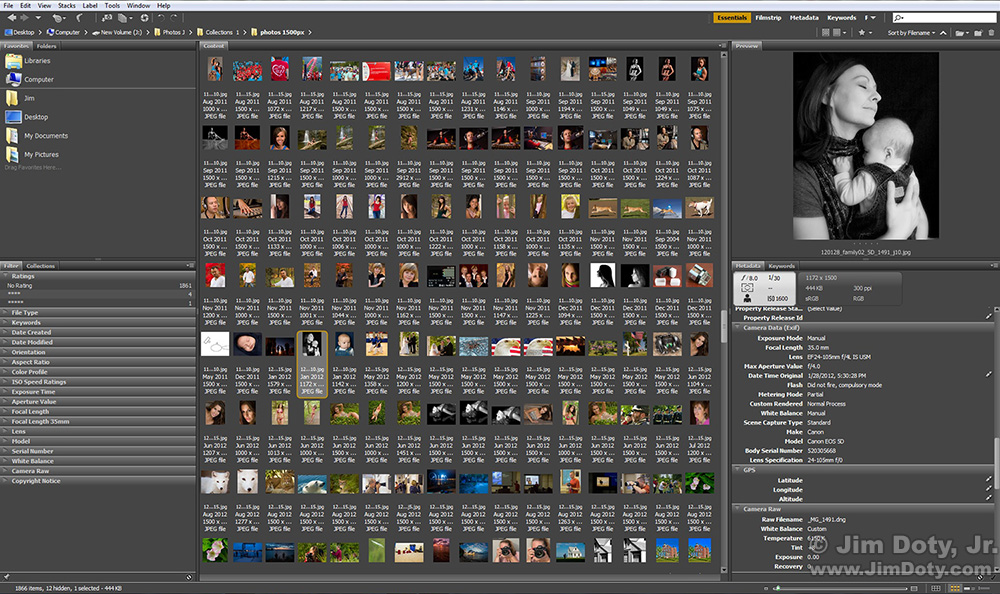
Folder opened with Adobe Bridge. You are looking at 128 images out of over 1800 images in the folder. Click to see a larger version.
I was asked recently if I have a favorite focal length, lens, or aperture setting (see Preferences Part One). And I have also been asked if I have favorite shutter speeds and ISO Settings. So I decided to open a folder with over 1800 of my images (a little of everything) and take a look at my shooting preferences from a statistical point of view. I chose a folder that has a wide variety of subject matter and a high number of images. I used Adobe Bridge for the way it gathers metadata statistics (see the prior article).
POTD: El Capitan Reflection
With one camera on a tripod taking a series of aligned images of Gates of the Valley (see my last article) in the changing light, I was using my other camera with a longer lens to capture different areas of the overall scene.
How to Photograph “Gates of the Valley”
Your Camera Loves “Middle Gray” – And Why That is Important
Your camera is in love with middle gray. The quicker you learn how to deal with this infatuation, the better your photos will look, including all of your color photos.
Veterans Day
Preferences Part One: Focal Lengths, Lenses, and Apertures
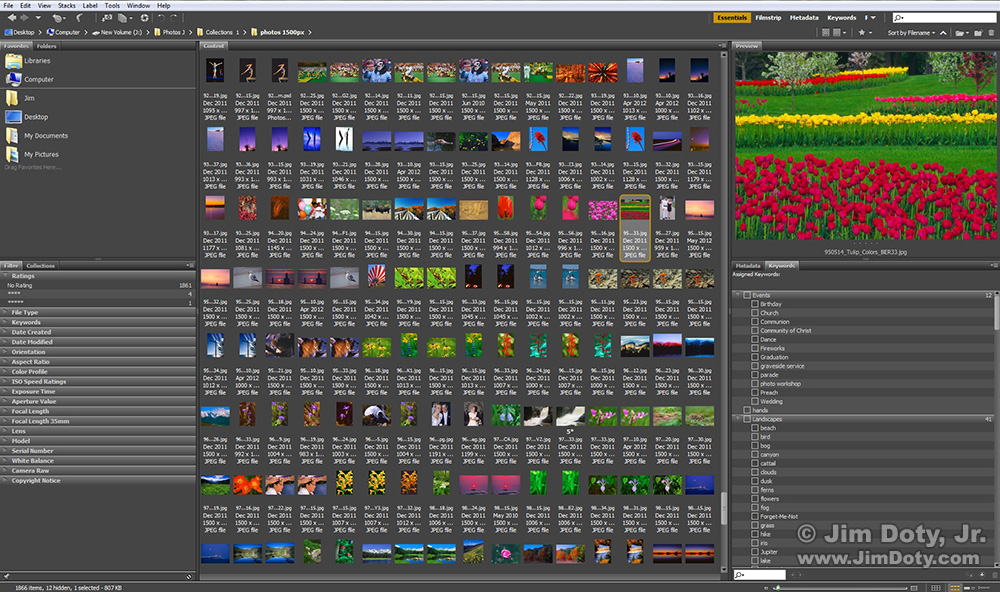
Folder opened with Adobe Bridge. You are looking at 128 images out of over 1800 images in the folder. Click to see a larger version.
I was asked recently if I have a favorite focal length, lens, or aperture setting. And I have also been asked if I have favorite shutter speeds and ISO Settings (see Preferences Part Two). So I decided to open a folder with over 1800 of my images (a little of everything) and take a statistical look at what I do.
(This article was originally written Nov. 11, 2015 and revised Nov. 13, 2015.)
Using the Histogram to Check Studio Flash Exposures
Sarah: Inspired by “The Body Issue”, ESPN Magazine
Inspired by ESPN Magazine’s Body Issue (where professional athletes bare their bodies in discreet ways), Sarah and I decided to go in that direction at the beginning of our most recent photo shoot.
Photo Shoot: Sarah in Silver Metallic Body Paint
Sarah is a professional fitness trainer (and one of my favorite clients) and we get together once or twice a year to create images. Several months ago we planned our next photo shoot and picked a date this fall.
Woohoo!!!
I have been sending more photos to Sarah this morning (see my last post). I will post a few images from our photo shoot later today.
A Happy Photo Client Makes My Day!
Like most photographers, I want my clients to be pleased with my work, and when a client loves the images, well . . . .
6 Photographers, 1 Subject, 6 Different Stories, 6 Very Different Portraits
Fisherman? Alcoholic? Millionaire? Former prison inmate? Saved another person’s life? Psychic?
Six photographers were told 6 different stories about the same person, and came up with 6 very different images. Are we, as portrait photographers, shaped by the stories we attach to our subjects?
How to Photograph Stars from a Plane
Theoretically, it is difficult if not impossible to photograph stars from a moving plane. And for most flights that is true. Star photography usually means a steady tripod (on the ground, of course), exposures that are around 15-30 seconds in length, and an ISO around 400-1600 depending on the amount of sky fog at your shooting location. That just won’t work on a plane. Plus most plane rides are just too bumpy or unsteady, not to mention engine vibrations that are transmitted through the airframe. But it can be done with just the right conditions.
Jay’s Rock – Finding the Prime Location

First sunlight on the Maroon Bells at Maroon Lake. Jay on his rock, Jay’s wife, me, and other photographers. Photo © Bob Walker.
In photography, as in real estate, sometimes it is all about “location, location, location”. As the old photographic saying goes: “f/8 and be there.” In the fall that is especially true of mornings at the Maroon Bells. Arrive too late and you will get a less than prime spot and you will have other photographers in your photo instead of a pristine view of just the peaks and Maroon Lake.


